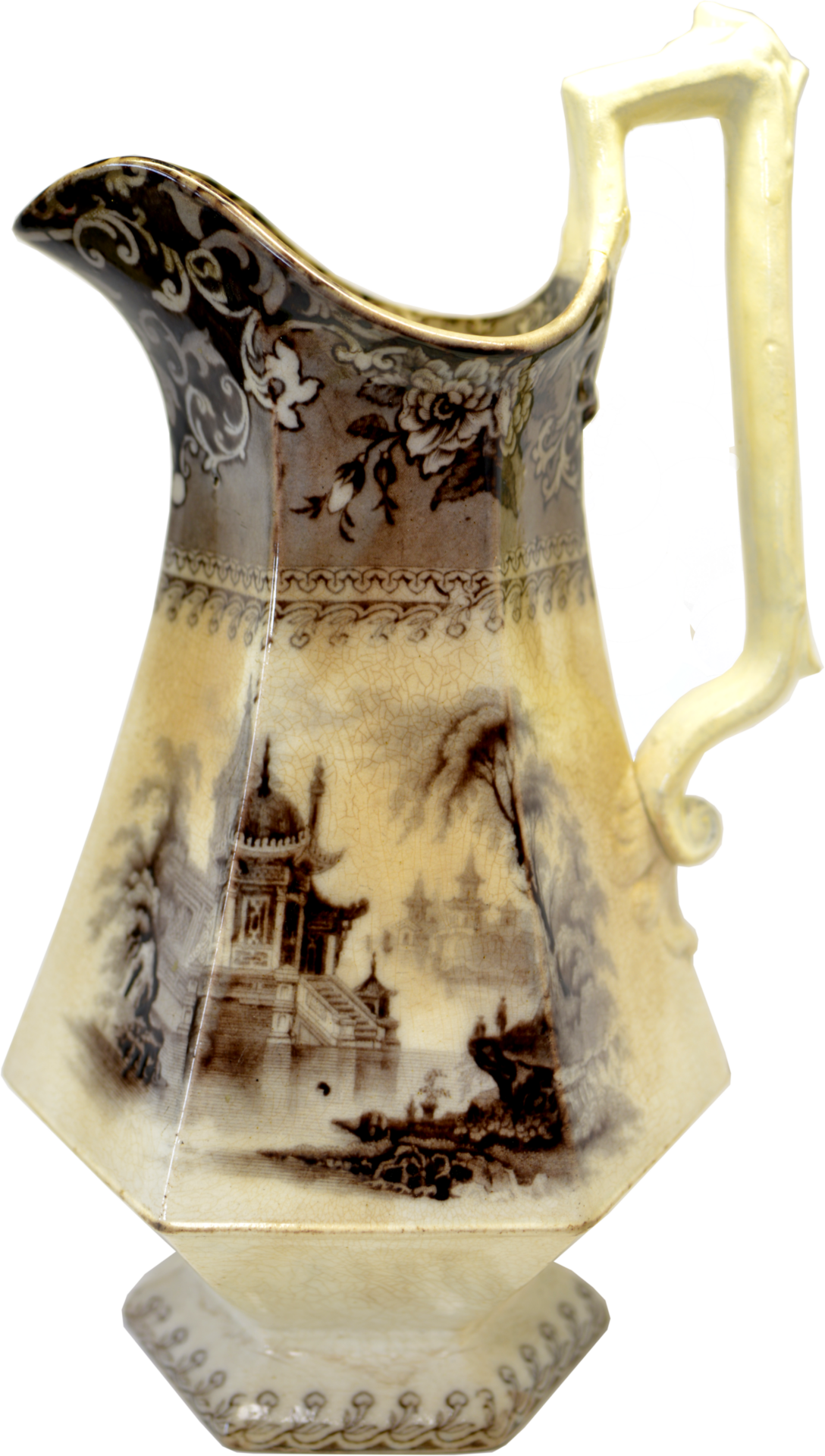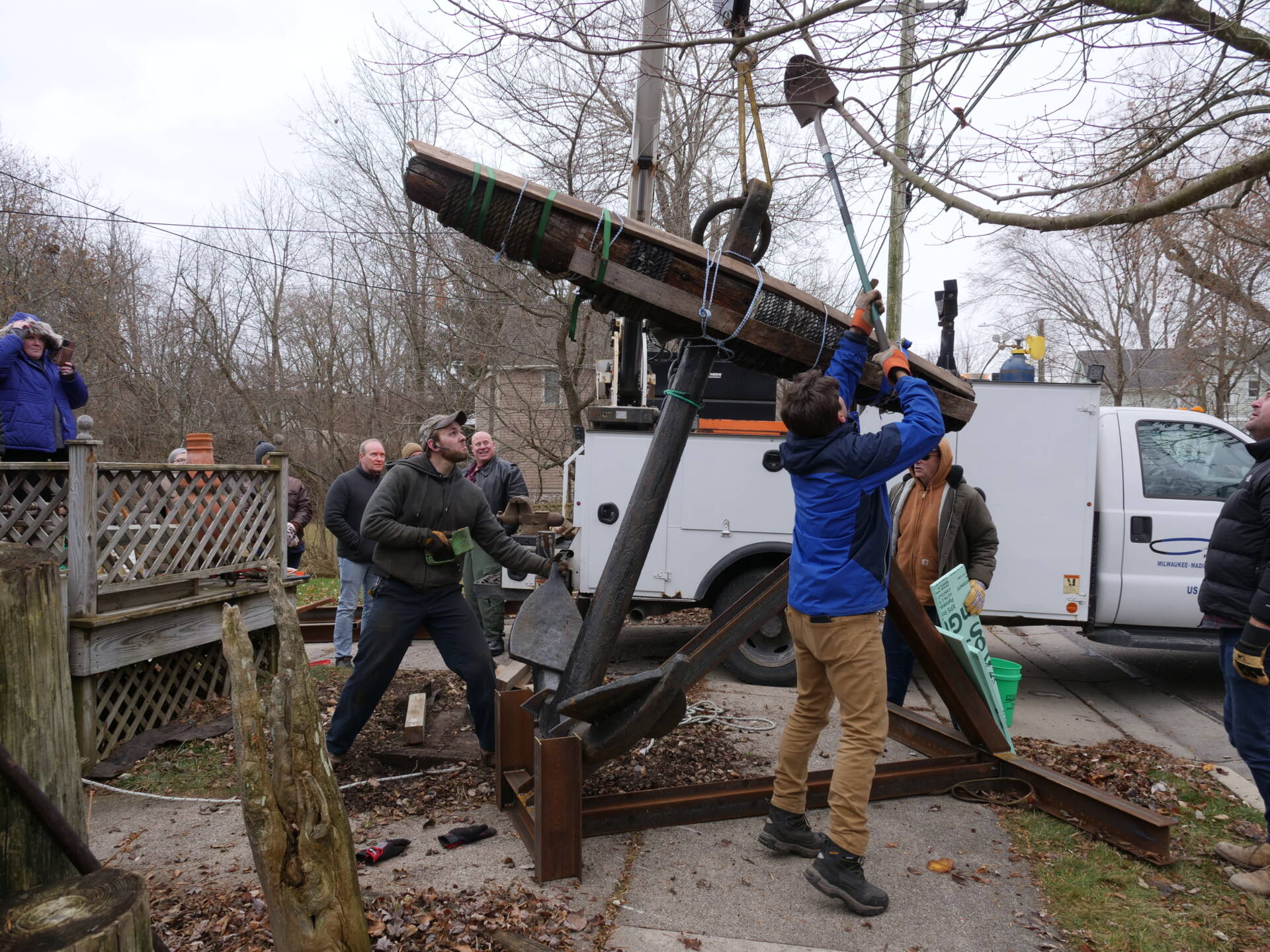The Klopp Collection
Klopp Shipwreck Artifact Collection at the Wisconsin Maritime Museum
In 2022 the number of objects in the Wisconsin Maritime Museum (WMM) doubled, with the acquisition the Klopp Shipwreck Artifact Collection. Named after the diver who recovered these artifacts in the 1960s-1980s, Allen “Butch” Klopp, collected the artifacts for display at the Sunken Treasures Maritime Museum in Port Washington, WI. Since his passing, the family donated the artifacts to the Wisconsin Maritime Museum to ensure it stayed together and could be displayed for public education.

This significant collection consists of approximately 10,000 shipwreck artifacts from 41 different historic vessels, making it one of the largest collections of shipwreck artifacts in the Great Lakes region. As the state repository for shipwreck artifacts in Wisconsin, the WMM recently agreed to accept and care for this significant collection in consultation with the Wisconsin Historical Society. The collection was inventoried and assessed by WMM staff to determine the number of artifacts in the collection, which shipwrecks were represented, and how many items had provenience information.
Artifacts in the collection date from the mid-nineteenth century to the mid-twentieth century and span a wide range of material types, including: wood, metal, glass, ceramics, textiles, leather, organics, and composites. Several different types of vessels are represented in the collection, including: 11 schooners, 15 steam screw vessels, 3 steam paddle vessels, 2 motor vessels, 2 tugs, 1 barge, 1 schooner barge, 1 oil screw vessel, and 1 gas screw vessel.

The collection comprises a diverse range of artifact types including ship components like blocks and tackles, portholes, ship’s wheels, and binnacles; tools such as drills, awls, and saws; personal items such as clothing, shoes, jewelry, watches, buttons, toys, pocket knives, and cosmetics; trade goods such as enameled cookware, ax heads, and hides; navigation tools like compasses and binoculars; food storage, preparation, and serving equipment such as stoneware crocks, cutlery, glass bottles, and full sets of ceramic serving dishes; and large items like windlasses, anchors, and stoves. The collection also includes a number of unique items like preserved “crock cheese”, a glass “hand grenade” fire extinguisher containing carbon tetrachloride, several sets of intact argyle socks, sleigh bells still attached to leather straps, ship’s stoves, and a loaded revolver.
The state of preservation of artifacts varies across the collection from fully intact ceramic vessels in excellent condition, to heavily corroded metal items in poor condition. Some artifacts, mainly metal and wood items, have undergone unknown conservation treatments. These treatments have been successful in some cases in preventing further degradation and unsuccessful in others.
The previous storage conditions of the collection have contributed to the current state of preservation. Before the collection was brought to the Wisconsin Maritime Museum, much of the collection was stored in areas lacking climate control. Exposure to fluctuations in temperature and humidity has been especially detrimental to wood and metal artifacts. Many of the artifacts in the collection have been stored wrapped in newspaper and packed into cardboard boxes. The acidity present in these materials can be detrimental to artifacts in the long-term. Rehousing the artifacts using archival quality storage materials will be essential to ensure long-term preservation.
By developing the Wisconsin Maritime Heritage Center, this collection will be the primary focus of artifact conservation, secure storage, and accessibility for researchers. Having a facility with the capacity and climate control systems to house this collection and others, is a strategic initiative of the Wisconsin Maritime Museum.

